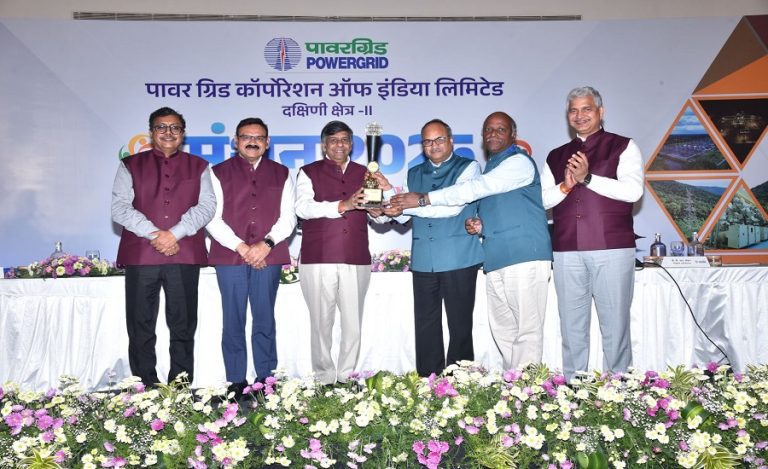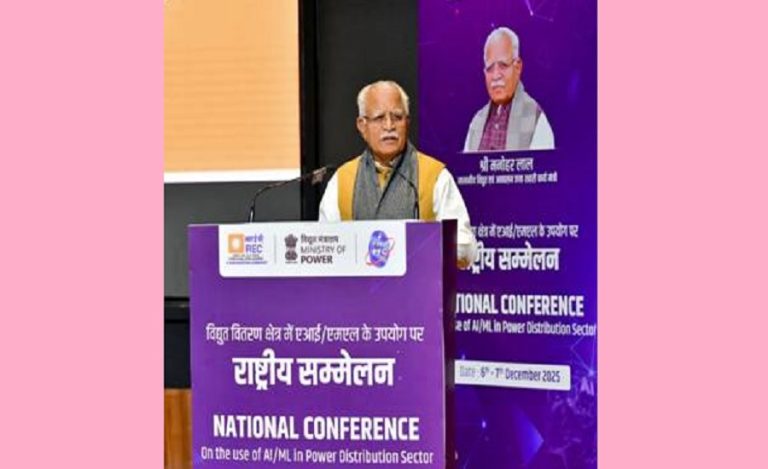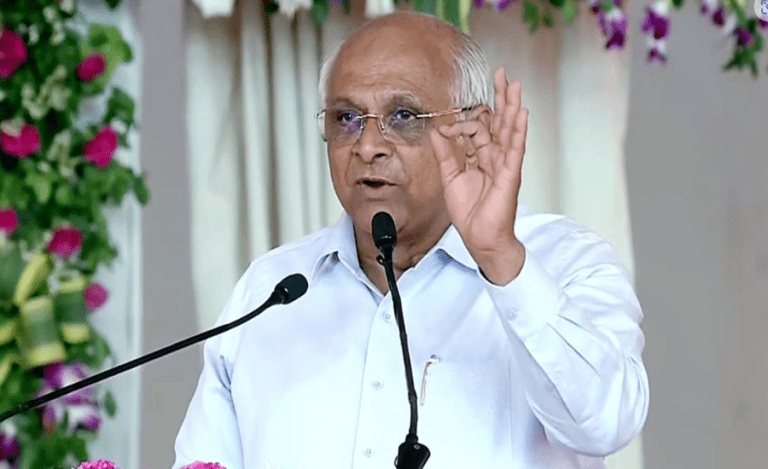New Delhi: In a major stride towards strengthening India’s aerial defence architecture, the Defence Research and Development Organisation (DRDO) developed systems will soon be inducted by the Indian Army and Indian Air Force.
A total of 16 indigenous laser-based anti-drone systems are scheduled for procurement, each boasting a strike range of up to 2 kilometres.
This move comes at a time when drone and unmanned aerial vehicle (UAV) threats are rapidly evolving—making this induction both timely and strategically critical.
Background of Indigenous Laser Anti-Drone Systems Deployment
Over recent years, drone incursions—whether for surveillance, loitering munitions or swarm attacks—have emerged as a major concern for India’s defence forces. In response, India has accelerated development of counter-UAV technologies.
The DRDO’s earlier trial of a 30 kW laser-based directed energy weapon (DEW) in April 2025 demonstrated India’s capability to neutralise drones, missiles and surveillance sensors.
Now, the next-generation system—dubbed the Integrated Drone Detection & Interdiction System (IDDS) Mark-2—is poised for clearance, with a 10 kW laser beam targeting drones up to 2 km distant.
This builds on India’s ambition of “Atmanirbhar” (self-reliant) defence manufacturing and greater indigenisation of advanced weapon systems.
What is Indigenous Laser Anti-Drone Systems
The system in focus is the IDDS Mark-2 laser-based anti-drone platform developed by DRDO and associated labs.
Key features include:
- Laser beam engagement capability of about 2 km—this doubles the range of the previous version which was limited to about 1 km.
- A directed-energy weapon (laser) capable of engaging small unmanned aerial vehicles (UAVs) and drone swarms with precision and speed.
- Mobile and ground-based deployment options, enabling placement at sensitive border zones, airfields and critical infrastructure.
- Fully indigenous production, aligning with India’s policy of reducing dependence on foreign defence imports.
Key Importance & Strategic Implications
This induction has several crucial implications:
Enhanced Border Security: With persistent drone-based threats along the western and northern frontiers, having an in-country laser counter-drone capability enhances deterrence and rapid response.
Force Multiplier for Army & IAF: The dual induction into Army and Air Force means a unified approach across land and air theatres.
Technological Leap-frog: Laser-based systems provide speed, precision and potentially lower per-engagement cost compared to traditional kinetic interceptors.
Indigenisation & Self-Reliance: Promoting domestic defence manufacturing boosts the Make in India agenda and reduces foreign dependency.
Future-readiness Against Drone Swarms: As drone swarm tactics proliferate globally, having hardened counter-drone technology is a strategic edge.
Key Challenges & Considerations
While this is a major step forward, several challenges remain:
Environmental Limitations: Laser systems can be affected by atmospheric conditions (fog, dust, rain) which may degrade performance in some border regions.
Power Supply & Logistics: Mobile deployment entails robust power generation, cooling, maintenance and battlefield sustainability.
Rapid Evolution of Drone Threats: Attackers may adopt stealthier, smaller or faster UAVs, requiring continuous updates to detection and interception systems.
Integration & Training: The forces will need to integrate these systems into their command-and-control frameworks and provide training for operators.
Cost & Scale-Up: Procuring 16 units is a start, but given multiple theatres and counter-UAV needs, scaling and budget allocation will be key.
Way Forward
To maximise the impact of this induction, the following steps are recommended:
- Prioritise frontline deployment in high-risk zones (e.g., border districts and airbases) to build operational experience.
- Collect user feedback rapidly and feed it back into DRDO and industry for upgrades (e.g., longer range, higher power lasers, all-weather capability).
- Combine laser systems with other counter-drone tools — radar, RF jammers, AI-based detection — to create a layered, resilient C-UAS architecture.
- Develop formalised doctrine for directed-energy anti-drone warfare and train personnel accordingly.
- Leverage India’s indigenous capability for exports and build a domestic industry ecosystem around C-UAS technologies.
- Ensure long-term budget commitment and policy support for scaling the systems and replacing older models.



























